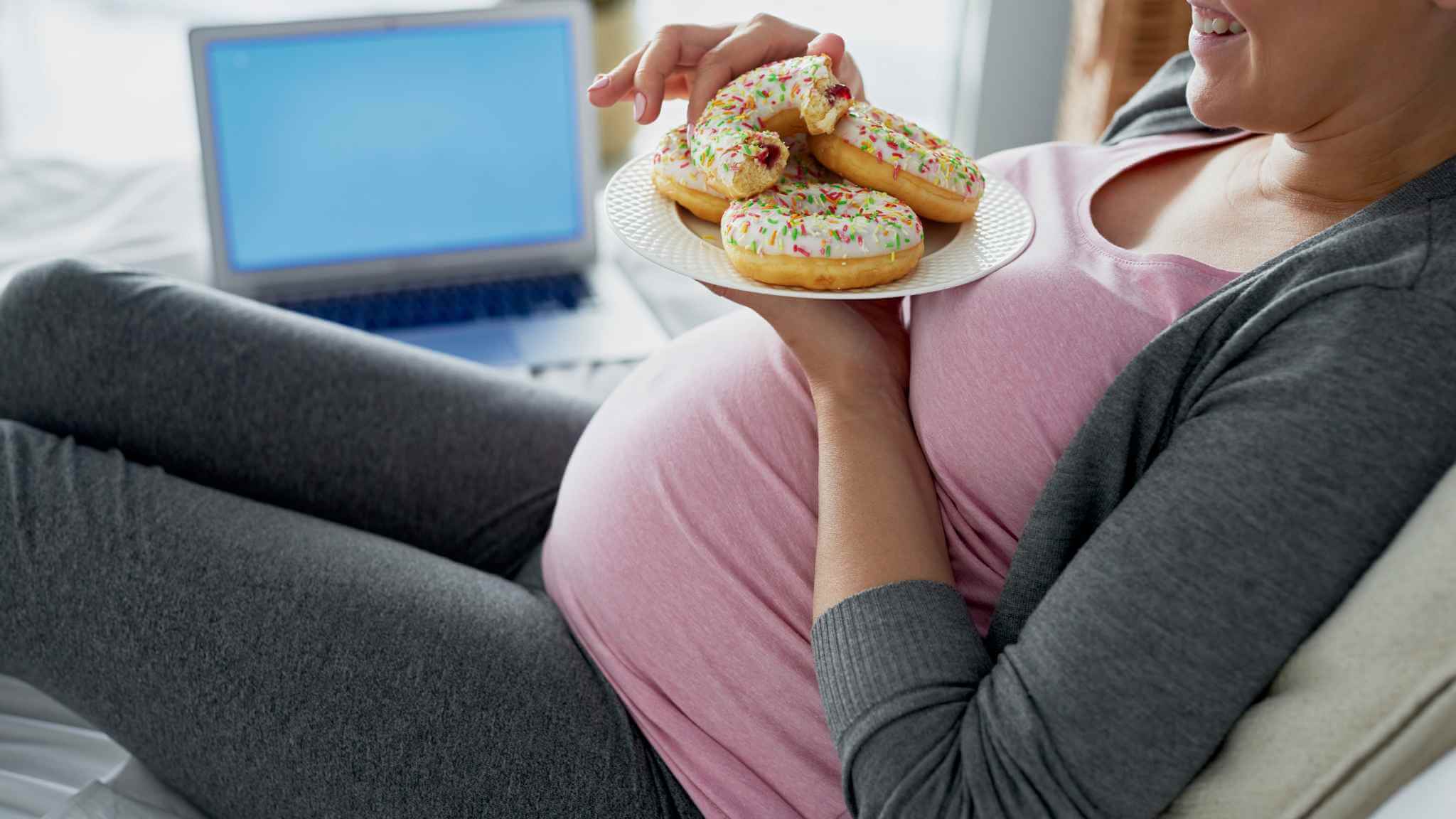When it comes to emergencies like choking, knowing how to respond can be the difference between life and death, especially when the person in need is a pregnant woman. Choking during pregnancy not only puts the mother at risk but can also endanger the life of the unborn child. This makes it crucial to understand the proper techniques and precautions to take when assisting a pregnant choking victim. Equipping yourself with the right knowledge ensures that you can act swiftly and safely, even in high-pressure situations.
Pregnancy brings about unique physical changes that make standard first-aid procedures slightly different for expectant mothers. For instance, the growing uterus can alter the placement of abdominal organs, requiring modifications to how abdominal thrusts are administered. Knowing these distinctions can save valuable time and improve outcomes during emergencies. This article delves into the critical steps you need to take when helping a choking pregnant woman, offering a comprehensive guide to ensure her and her baby's safety.
In addition to life-saving techniques, we will also explore preventive measures, common risk factors, and myths associated with choking during pregnancy. Whether you're a caregiver, a medical professional, or simply someone looking to be prepared, this detailed guide will equip you with the skills and knowledge you need. By the end of this article, you'll feel confident in your ability to handle a choking emergency involving a pregnant woman effectively and compassionately.
Read also:Shop Smartly And Save Big At Hyannis Dollar Tree
Table of Contents
- Understanding Choking: Causes and Risks
- Why Pregnancy Increases the Risk of Choking
- Recognizing the Signs of Choking in Pregnant Women
- First Response to a Choking Pregnant Woman
- How to Perform a Modified Heimlich Maneuver
- Special Considerations for Late-Stage Pregnancy
- When to Call Emergency Services
- Preventive Measures to Reduce Choking Risks During Pregnancy
- Common Myths About Choking and Pregnancy
- Psychological Aspects of Dealing with Choking Emergencies
- Educating Family and Caregivers
- Long-Term Impacts of Choking Incidents During Pregnancy
- Working with Medical Professionals for Emergency Preparedness
- Frequently Asked Questions (FAQs)
- Conclusion
Understanding Choking: Causes and Risks
Choking occurs when a foreign object obstructs the airway, preventing normal breathing. This can range from food particles to small objects or even fluids. The lack of oxygen caused by choking can result in severe brain damage or even death if the blockage is not cleared promptly. In pregnant women, the risks are amplified due to the dual concern for both the mother and the developing fetus.
The common causes of choking include improper chewing of food, talking or laughing while eating, and swallowing large pieces of food. Certain health conditions, such as acid reflux or morning sickness, can also contribute to a higher choking risk during pregnancy. Understanding these causes is the first step in preventing and effectively managing choking incidents.
Why Choking Is Particularly Dangerous During Pregnancy
During pregnancy, the body undergoes several changes that can exacerbate the risks associated with choking. The diaphragm may be pushed upward due to the growing uterus, reducing lung capacity and making it harder to catch a breath. Additionally, hormonal changes can lead to muscle relaxation, including in the esophagus, potentially increasing the likelihood of choking on food or fluids.
Pregnant women are also more likely to experience episodes of nausea and vomiting, which can introduce foreign substances into the airway. In severe cases, this can result in aspiration, a condition where food or liquid enters the lungs, leading to infection or other complications.
Why Pregnancy Increases the Risk of Choking
Pregnancy introduces a unique set of physiological changes that can increase a woman's susceptibility to choking. One of the most significant factors is the alteration in digestive processes. For example, pregnancy hormones like progesterone relax the muscles of the gastrointestinal tract, slowing digestion and increasing the risk of food becoming lodged in the throat.
Furthermore, as the uterus expands, it exerts pressure on the stomach, which can cause acid reflux or regurgitation. These conditions make it easier for food or stomach contents to enter the airways accidentally. Pregnant women may also experience heightened fatigue, which can lead to inattentiveness while eating, further increasing the risk of choking.
Read also:Breaking News Costco Recalls 2024 What Every Consumer Needs To Know
Common Scenarios Leading to Choking During Pregnancy
Several everyday situations can increase the likelihood of choking in pregnant women. These include rushing through meals, eating while lying down, or consuming foods that are difficult to chew or swallow. Certain pregnancy cravings may also lead women to eat foods they are not accustomed to, potentially increasing the risk of choking.
Other risk factors include pre-existing conditions like asthma or gestational diabetes, which can complicate breathing and swallowing. Understanding these scenarios can help in developing preventive strategies to minimize the risk of choking during pregnancy.
Recognizing the Signs of Choking in Pregnant Women
Timely recognition of choking symptoms is crucial for effective intervention. Pregnant women may exhibit both universal and pregnancy-specific signs when choking. Universal indicators include an inability to speak or breathe, clutching the throat with one or both hands (the universal choking sign), and turning blue around the lips and face due to a lack of oxygen.
However, pregnancy-specific signs may include exaggerated abdominal movements as the body attempts to expel the blockage. Additionally, the woman may experience sudden movements or changes in posture due to discomfort or panic. Recognizing these signs early can make the difference between a quick recovery and a life-threatening situation.
Silent Choking: A Hidden Threat
In some cases, choking may occur silently, without the dramatic coughing or gasping sounds typically associated with airway obstruction. This is especially dangerous as it can go unnoticed until the situation becomes critical. Pregnant women experiencing silent choking may show subtle signs like an inability to respond verbally, weak or ineffective coughing, or a glazed expression. Vigilance in monitoring these symptoms is essential for timely intervention.
First Response to a Choking Pregnant Woman
When faced with a choking pregnant woman, the first priority is to assess the severity of the blockage. If the woman is still able to cough or speak, encourage her to continue coughing, as this is the body's natural way of expelling the obstruction. However, if she cannot breathe or speak, immediate action is required.
Begin by standing behind the woman and providing firm back blows between the shoulder blades using the heel of your hand. If this does not dislodge the object, proceed to perform a modified Heimlich maneuver, specifically tailored for pregnant women. This involves delivering chest thrusts instead of abdominal thrusts to avoid putting pressure on the uterus and harming the baby.
Always call emergency services if the choking persists or if the woman becomes unconscious. While waiting for help to arrive, continue administering back blows and chest thrusts as needed. Your quick and informed response can save lives in these critical moments.
How to Perform a Modified Heimlich Maneuver
The Heimlich maneuver is one of the most effective techniques for relieving choking, but it must be adapted for pregnant women to protect both the mother and the baby. Instead of applying pressure to the abdomen, the rescuer should focus on the chest area, just above the baby bump. This ensures that the force is directed away from the uterus, reducing the risk of injury.
To perform the modified Heimlich maneuver, stand behind the pregnant woman

